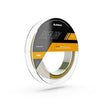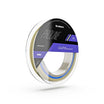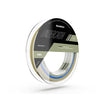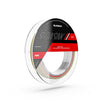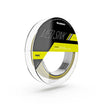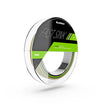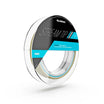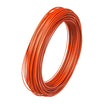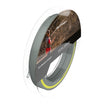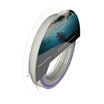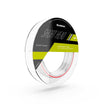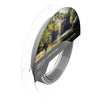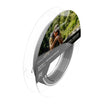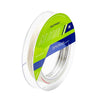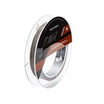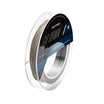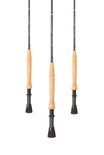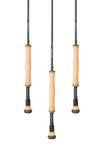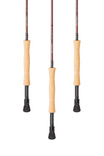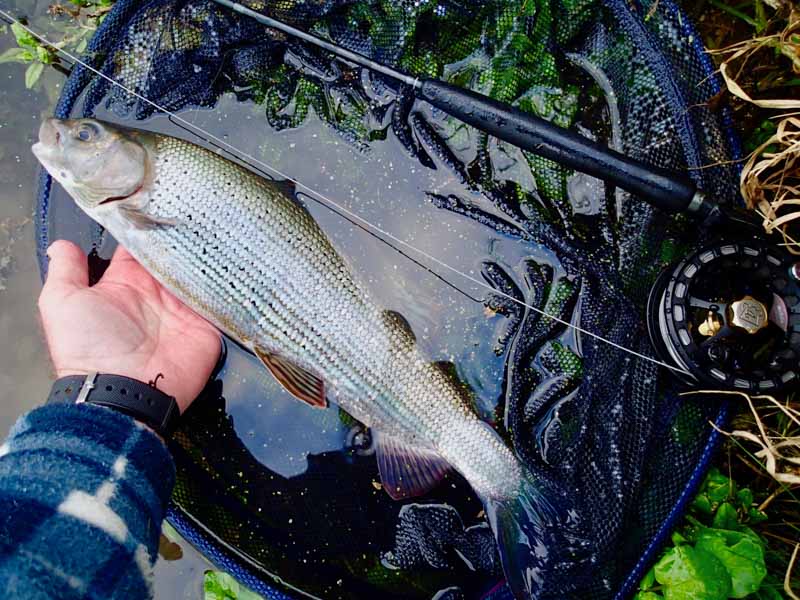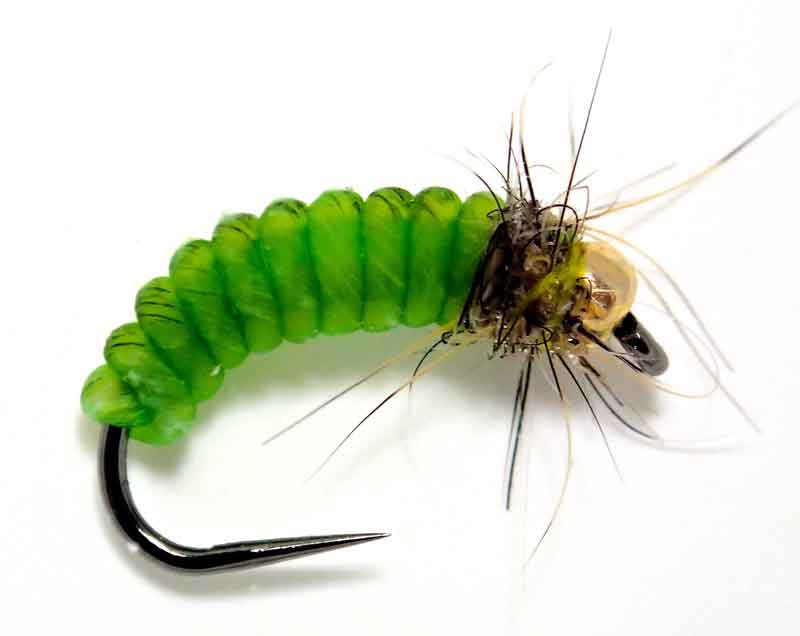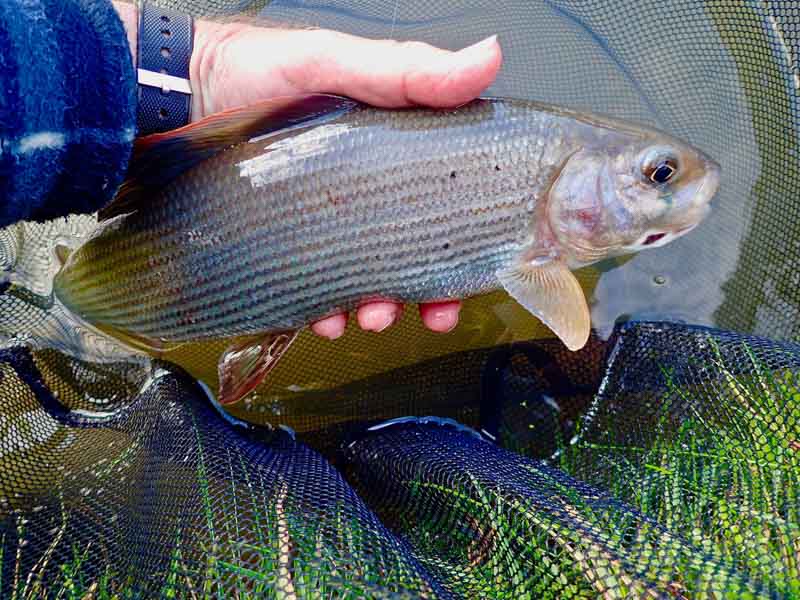by Dave Southall
Anyone who has read my earlier Blogs, or my articles in Fly Fishing & Fly Tying magazine, will know that my passion is precise presentation of immitative flies, particularly dry flies, to trout & grayling, mainly in rivers. To achieve good presentation of the small flies that I generally use (typically size 14 to 30) requires light lines & long leaders (12’ to 18’) ending in relatively fine tippets (5x to 8x).
My favourite Sunray lines are undoubtedly the Jeremy Lucas lines with their long, 12’, front taper down to a tip of just 0.5mm diameter (thinner than the butts of many tapered leaders) & 33’ head length. These lines were designed for delicate dry fly fishing & nymphing. I generally use the 0 weight & 1 weight JL lines, occasionally resorting to the 2 weight & 3 weight lines if conditions require a heavier line. Although these lines were designed to be fished with rods of 9’ & longer I use them even with rods as short as 6’ since the presentation that is possible is ultra delicate, reducing the risk of scaring the fish that I am targeting. Jeremy has suggested that there is no need for a tapered leader thanks to the long, delicate front taper & he uses just a long length of level tippet. However, in my search for the ultimate in delicate presentation I have found that a 7’ tapered section (tapering from about 0.43mm to 0.20mm) at the end of which is a small perfection loop to which I attach about 5’ of tippet (or a tricoloured mono indicator, plus tippet about 1.5x the water depth) works well for me. As mentioned in earlier Blogs I nearly always use at line of 1 to 2 weights lighter than the rod’s designation (0 weight or 1 weight with my Sunray Volition JL 10’ 2 weight rod & 1 weight or 2 weight with my 10’ 4 weight Sunray Microlite); only when fishing at close range on small streams do I fish with a 1 weight line on my 1 weight Orvis rod or a 2 weight line on my 7’ 6” 2 weight Sunray Microlite. The reasons for underlining my rods are two fold; firstly for improved presentation & secondly because I use the Italian Style of casting which loads a rod much more efficiently than most conventional casting styles. These lines cast effortlessly thanks to their tapers & thinness (being more dense than most floating lines they are 20% thinner for the same weight). Like silk lines which are also more dense than water they should in theory sink but thanks to their hydrophobic coating which is enhanced by the frequent application of Lineslik they float surprisingly well. I have been particularly impressed with the prototype clear 1 weight JL line that I have been testing for the last year. I really loved the early monocore lines which I felt cast even better than the more recent braided core lines, although the coating on the former was less durable than that of the latter. The clear lines have a monocore but after very vigorous testing I have found that the coating is much more securely bonded to the core. In addition the slightly flattened profile appears to make them cast even better & enhances their suppleness (see my review in an earlier Blog).
My second favourite lines are the Stuart Crofts lines, designed to be used with rods of 9’ & shorter. Like the Jeremy Lucas lines they have a long delicate front taper, but slightly shorter at 9’ & with a shorter head length at 30’ resulting in a thicker belly which helps to load a rod more effectively when fishing at short range. Using them with the same leader set up as mentioned earlier I have found that the slight reduction in delicacy of presentation is compensated for by their ability to cast like a bullet in the tightest of situations, particularly when Switch Casting & Roll Casting.
I also regularly use the World Nymph line, a level line of 0.55mm diameter that conforms to the FIPS Mouche international competition rules. It is equivalent of a 000 weight fly line & is in my opinion the perfect ultra-light dry fly line when teamed up with a leader made up from a 7’ tapered section tapering from 0.43mm to 0.20mm plus about 5’ of tippet. I regularly use mine with the 10’ 6” Sunray ZERO rod or the Volition JL 10’ 2 weight for close to medium range dry fly on low, clear rivers when the ultimate in delicacy is required. I also love this setup for Euronymphing at close to medium range when I usually attach an 12” to 18” tricoloured semi-curly indicator between the 7’ tapered leader & the tippet. Whilst it does not hold off the water quite as well as some super-light monofilament French leaders I find it to be far less prone to line memory in cold conditions, much more pleasant to handle & it gives me the ability to easily change to dry fly without any significant compromises.
Another line that I have tested is the 2 weight Proline Float which has a 33’ head. This is a much more General Purpose line than the two previous lines. Since the front taper is not as long & delicate it is better suited to fishing with larger flies than the JL & Stuart Croft lines & since I want the ultimate in delicacy I generally use mine with tapered leaders of 15’ to 18’. Casting is very good & the red colour which might put some folks off will appeal to those who like to see their fly line on the water or those who demonstrate fly casting, (personally, I prefer the subdued or clear colours of the previous lines).
The last line that I have tested is the 2 weight Long Head Floating line. This like the Proline is a general purpose line but its longer, 49’, head means that when fishing at quite long range it is possible to lift off the line without the need to take in running line until the overhang marker is at the rod tip. I find this is useful for targeting cruising rainbow trout at relatively long range on still waters when I want to be able to lift off & redirect my next cast without delay. I have very briefly tried the 3 weight Clear Long Head Floating line with a 15’ to 18’ tapered leader on my 10’ 4 weight Microlite & have been very impressed with its performance when I have to cast into a brisk wind.
All of these lines have an overhang marker with the exception of the clear lines & nymph line. This is a different coloured section where the thicker head section transitions into the very fine running line. If you watch Tom’s videos on how to use the overhang marker you will clearly see the value of this feature when casting very long distances. I rarely fish at ranges over 30’, but for those who do shoot line into the running line then the super-thin running line on Tom’s lines is a real advantage over the thicker running line on many competitors’ lines.
For many years I was a bit of a Luddite, fishing exclusively with double taper lines, but Tom’s Sunray range of weight forward lines have so impressed me that I now fish virtually exclusively with his lines.



